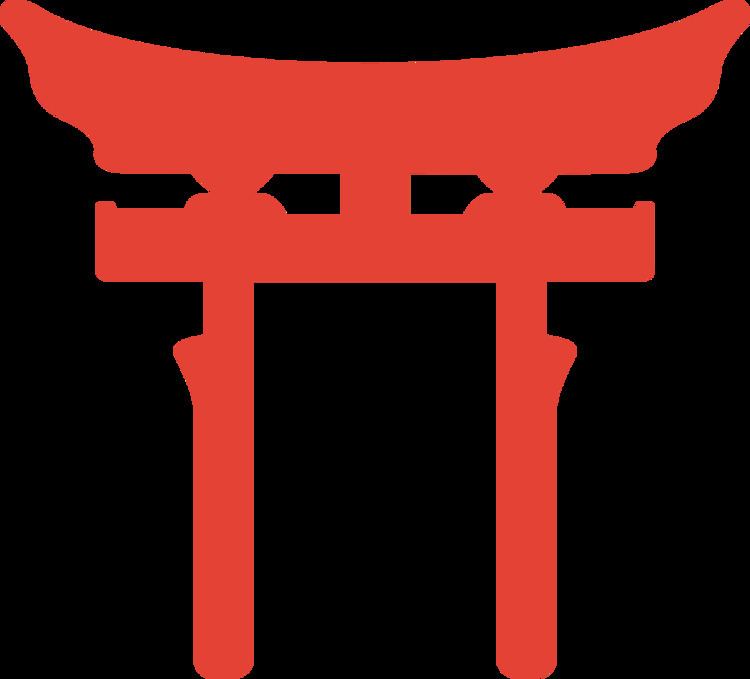 | ||
Koshintō (古神道, Ko-Shintō) refers to the original animism of Jōmon period Japan which is a basis of modern Shinto practices. The search for traces of Koshintō began with Restoration Shinto in the Edo period. Some movements which claim to have discovered this primeval way of thought are Oomoto, Izumo-taishakyo, and Shinrikyō.
Contents
The Japanese word ko (古) means "ancient or old"; shin (神) from Chinese Shen, means "spiritual force or spirit" often loosely translated as "deity" or "god"; and tō (道) from Chinese Tao, means "The Way". Thus Koshintō literally means the "Ancient Way of the Gods". The term Shinto itself originated in the 6th century CE (to distinguish it from continental ideas such as Buddhism and Taoism then being introduced), so paradoxically, the reconstructed Koshintō predates any use of the word Shinto.
Koshintō worldview
The following is deduced from studying the language of the Kojiki and Nihon Shoki which does not appear in any Chinese philosophy:
In Koshintō, the present world or utsushiyo is put in contrast to the eternal world or tokoyo. All individuals possess a tamashii, meaning a mind, heart, or soul. A tamashii without a body is called a mitama. Those whose tamashii has the nature of kami are called mikoto.
In the Age of the Kami, or Kamiyo, the Earth was ruled by kami, whose forms were akin to humans, but had pure hearts and spoke in the language of kotodama.
History of Koshintō research
There are no records of "pure" Koshintō in early Japanese literature. By the time Japan was producing literature, its native religion had already intermixed with Taoism and Buddhism. Medieval development meant that Shinto was integrated into Buddhist symbology.
Koshintō research began at the same time as examinations into Early Buddhism. In this era, Japan's shrine rituals were being "purified" of their religious nature and turned into national forms, a process called State Shinto today. Religionists began looking for the origin of these forms in a primitive "nature religion". Early folklorists such as Yanagita Kunio were also seeking a purely Japanese tradition.
Onisaburo Deguchi, the founder of Oomoto, was an extremely influential Koshinto researcher in the Imperial period. He influenced nearly all modern Koshinto lines except for that of Takuma Hisa. Such research continues today and is often connected with aikido and other martial arts.
Modern popular approaches to Koshintō often include a sort of monotheistic God called su-kami, whose name is written by making a mark inside a circle, like ㋹. This God first appeared to Masakane Inoue, the founder of the Misogikyō branch of revival Koshintō, in a dream in 1833. Recently the name of God ㋹ became a prominent part of the revealed text Hitsuki Shinji.
